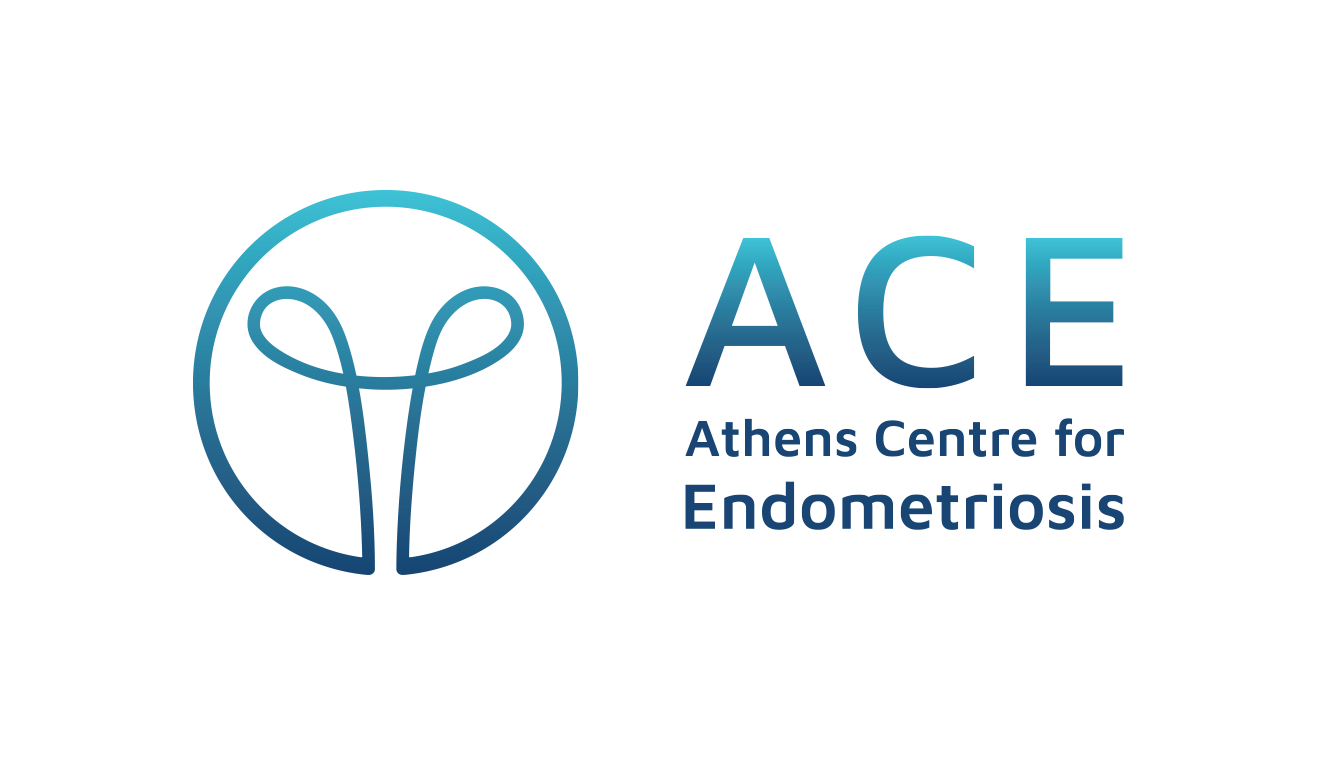Bowel endometriosis is a type of extrapelvic endometriosis and it occurs when endometriosis tissues affect the intestines. Up to 12% of endometriosis patients have bowel endometriosis according to statistics. The most affected part of the bowel is the colorectal segment.
Bowel endometriosis can be superficial or deep.
In case of deep infiltrating endometriosis of the rectosigmoid, this is defined as endometriosis involving the muscular layer of the bowel wall, usually >5 mm deep. Superficial ones only affect the serosal layer.
Depending on how deep the involvement of the bowel is, there are three surgical gestures that can be used.
- Rectal shaving
- Discoid resection
- Segmental resection
Each approach has its own benefits and risks and it is decided based on the characteristics of the lesion, such as size, length, depth of invasion, involved rectal circumference, and number of lesions, among other factors.
Rectal shaving
As the name implies, rectal shaving consists in shaving the lesion in the affected muscular layer of the bowel wall off the mucosa, ideally without entering the bowel lumen.
This can be achieved either with a laser or scissors. This type of gesture is suited for superficial smaller lesions, typically <3 cm and it is associated with lower rates of perioperative complications and a higher recurrence rate.
Disc resection
Disc resection is used for deeper nodules of endometriosis and consists in a disc cut to remove the nodule and then the hole closed with either stitches or staples. This can be done either exclusively by laparoscopy or by using transanal staplers.
Segmental resection
Segmental or bowel resection is used for deep or large areas of endometriosis, especially if they are causing narrowing of the bowel. Segmental bowel resection consists of cutting the affected part then rejoining the two ends of the intestines. This is called anastomosis.
